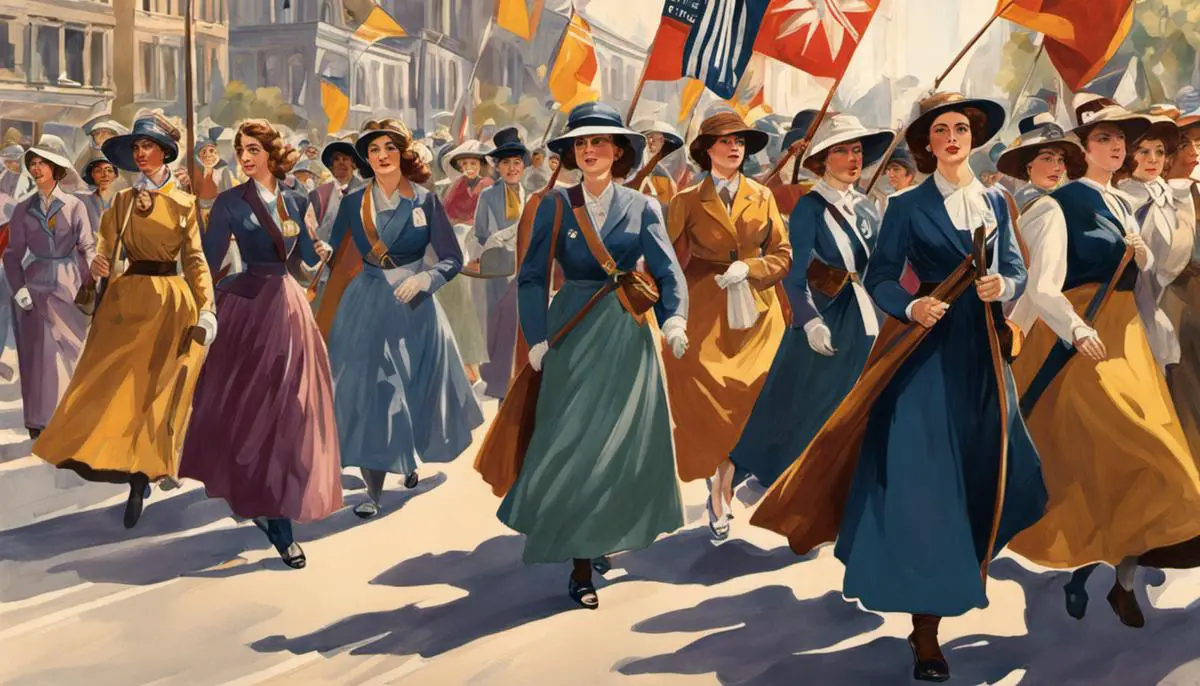Balanced Diets & Essential Nutrition for Women’s Health
In the intricate and dynamic landscape of health and wellness, nutrition plays a paramount role in safeguarding and nurturing our overall well-being. For women, it is especially significant given their physiological and hormonal differences, which necessitate specific nutritional considerations. Through a detailed exploration of women’s nutrition, this analysis unveils the foundational concepts, emphasizing aspects like … Read more










